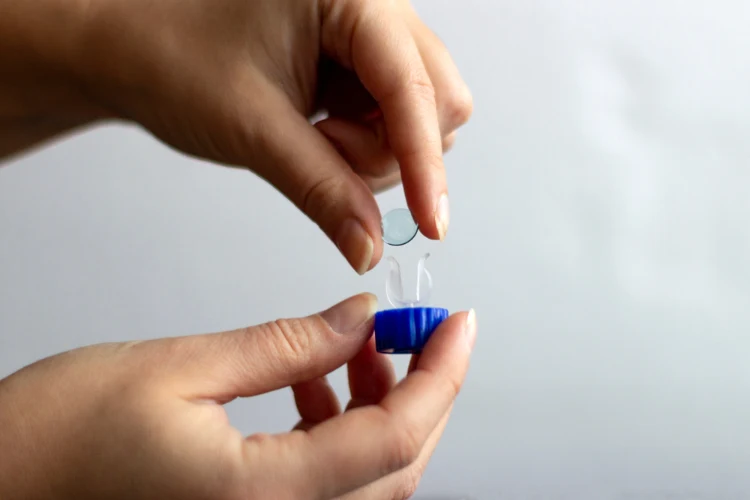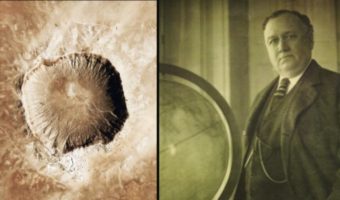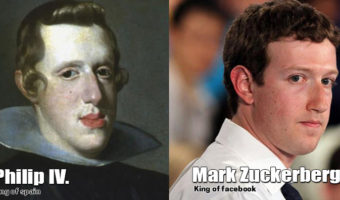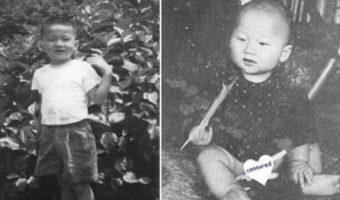How Do Overnight Contact Lenses Give You Clear Vision All Day?
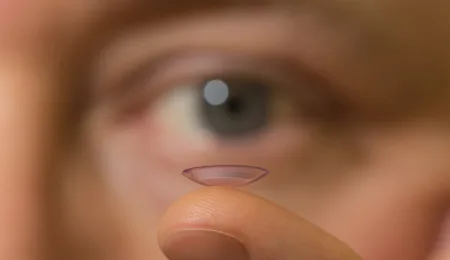
Imagine being able to wake up, take off a special pair of overnight contact lenses, and go through your day seeing clearly without needing glasses or daytime contacts. This is exactly what overnight orthokeratology (ortho-k) promises—a unique vision-correction method that’s gaining popularity, especially among children with myopia or nearsightedness.
Ortho-k lenses apply gentle hydraulic pressure on the cornea to temporarily reshape it overnight.
Overnight ortho-k treatment temporarily corrects myopia by reshaping the cornea. It can also help with mild astigmatism, which is caused by an irregularly shaped cornea and results in blurred or distorted vision.
Ortho-k lenses work by applying a gentle hydraulic pressure on the cornea. The presence of collagen in the cornea makes it flexible. As a result, the pressure from the lens flattens the center of the cornea, which changes how light focuses on the retina at the back of the eye.
This reshaping corrects your vision. As a result, you can see clearly without glasses or contacts during the day. However, as the corrective effect wears off after a day or two, the lenses must be worn regularly to maintain clear vision.
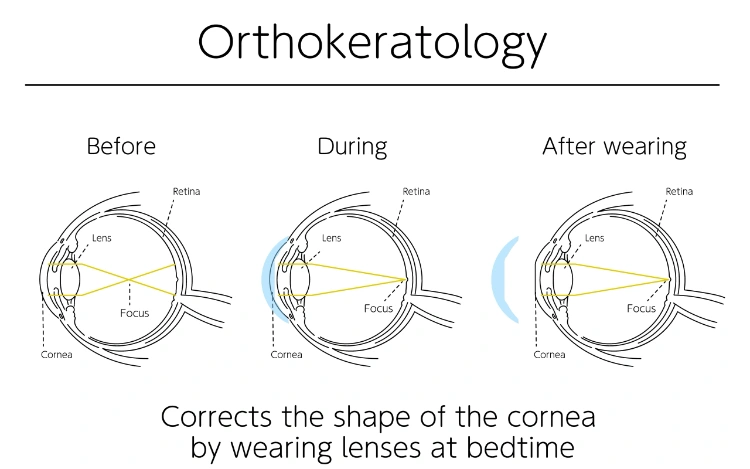
While the first design of ortho-k dates back to the 1960s, it wasn’t until the 1990s that it gained attention as a reliable vision correction instrument.
As designing precise lenses depends on accurately mapping the surface curvature of the cornea, the results of ortho-k lenses in the 1960s were unpredictable. Also, the base material of the early lenses was acrylic glass, which, being non-permeable, blocked the oxygen supply to the cornea. This made the lenses unsafe as an overnight treatment.
Long-term use of ortho-k lenses has proven to slow myopic progression in children by 43%.
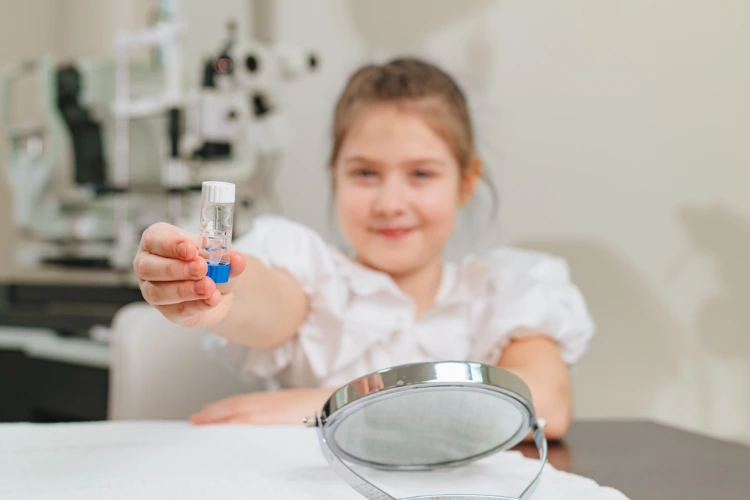
Things have changed for ortho-k since the 1990s. Technological advancements have opened doors for precise and predictable results while minimizing the side effects of wearing these lenses overnight.
The availability of rigid gas-permeable lenses made ortho-k lenses breathable. The supply of oxygen to the cornea made overnight wear safe and comfortable.
Also, computerized corneal topography could now precisely measure the surface curvature of the cornea. Moreover, a recent study suggests that using a machine-learning model could improve the way ortho-k lenses are fitted to the eye.
While the lenses were designed to correct vision temporarily, multiple studies suggest that long-term use can also control the progression of myopia in children.
A 2012 study monitored 120 children with low to moderate myopia for 2 years. It concluded that ortho-k treatment can slow down the progression of myopia by 43% in children compared to those wearing regular single-vision glasses.
Overall, ortho-k lenses are a great alternative to soft contact lenses. However, the high cost of customizing and designing the lenses keeps people who need them away.
Also, while studies have noted a minimal effect of long-term wear of ortho-k lenses on tear film quality in the eye, they are limited by very small sample sizes. Any compromise on tear film stability can lead to dry eye symptoms, and more studies with larger sample sizes are needed to draw solid conclusions.














